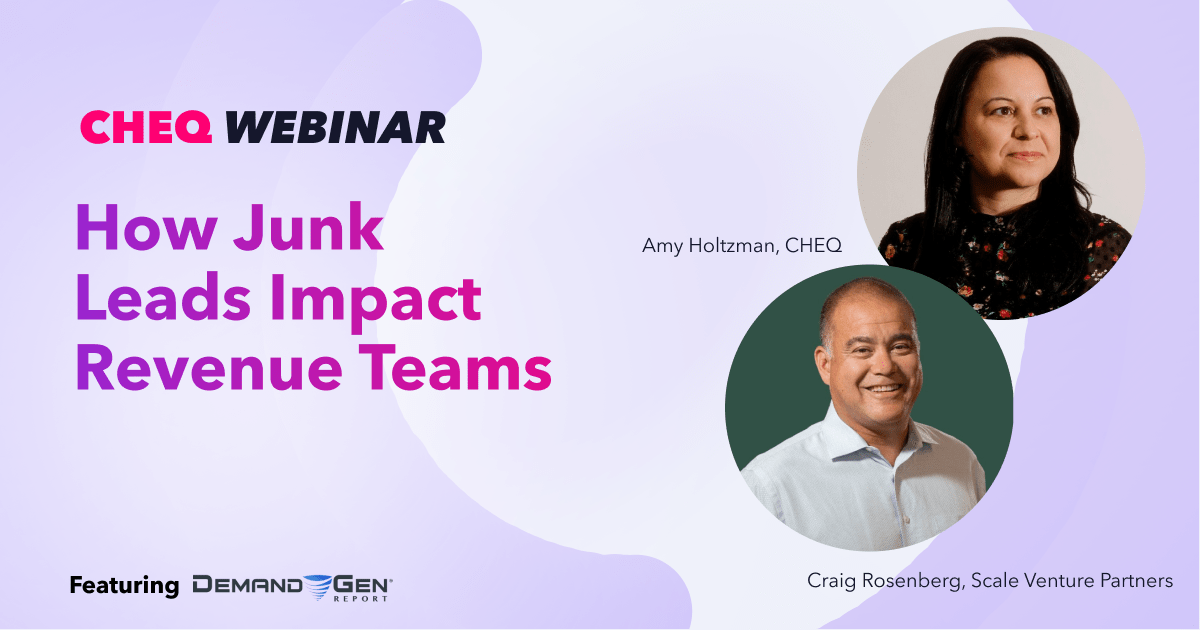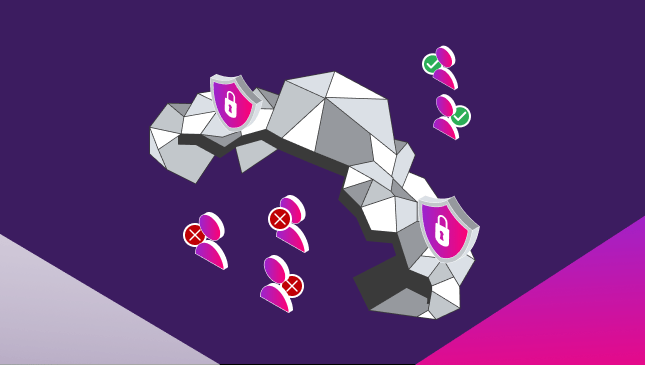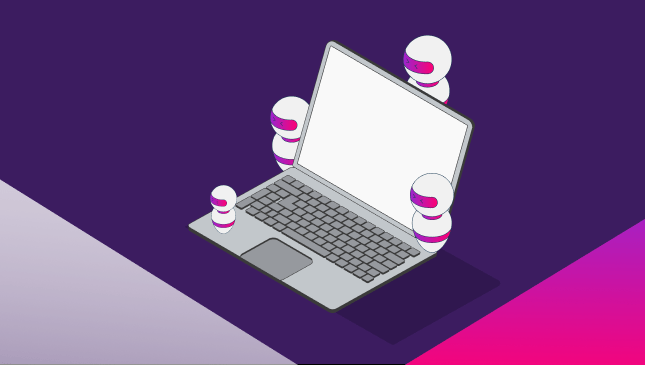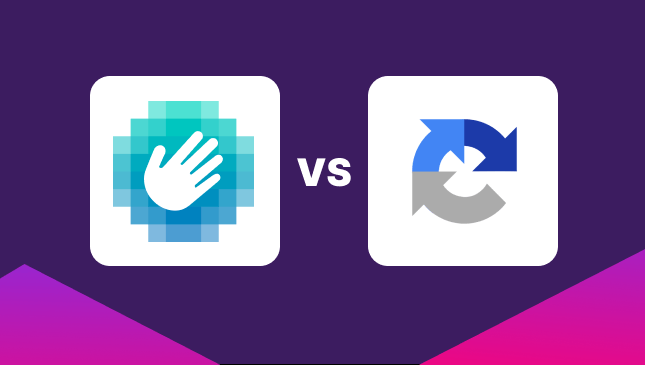All About Facebook CAC (and How To Reduce It)
Natan Golden
|Marketing | January 17, 2023
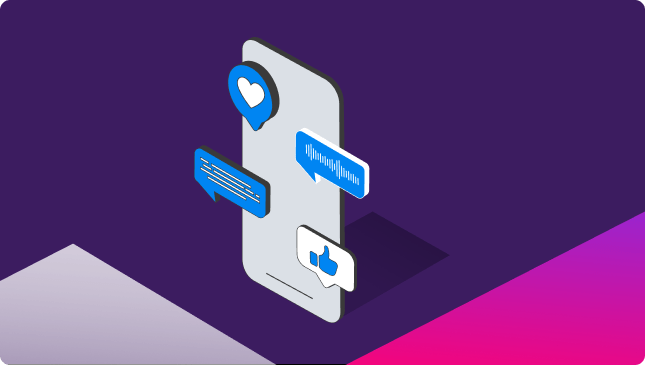
Facebook is still the biggest social media platform out there, and reports of its demise are, so far, very much exaggerated. And if you’re looking at building your brand or business, customer acquisition through Facebook is often a key strategy.
But the reality is that the customer acquisition costs for Facebook can be incredibly expensive. Unless you have some tricks up your sleeve (which might be what you’re here for…), then Facebook ad campaigns can become a business blunder.
So how can you bring in customers with Facebook but keep those costs down?
In this blog, we’re going to dig into the world of Facebook CAC and share some secret tips on how to upgrade your marketing efforts to reduce customer acquisition costs.
What is CAC?
Customer Acquisition Cost (CAC) is the term used to describe how much it costs you to acquire a potential customer onto your site and convert them into a buyer.
Let’s use an analogy to make sure we’re all in check.
If you invest $20 in Facebook ads and you get one conversion, it costs you $20 to acquire that customer. But you might have had 100 ad impressions from this same campaign.
Now, let’s say your AOV (average order value) is $10. For a good return on investment, that customer needs to buy again. And again… And again. These repeated buys mean that you’re now in debit (woohoo!) because you’ve got that customer to buy 3x or more, so now you have $10 of pure profit.
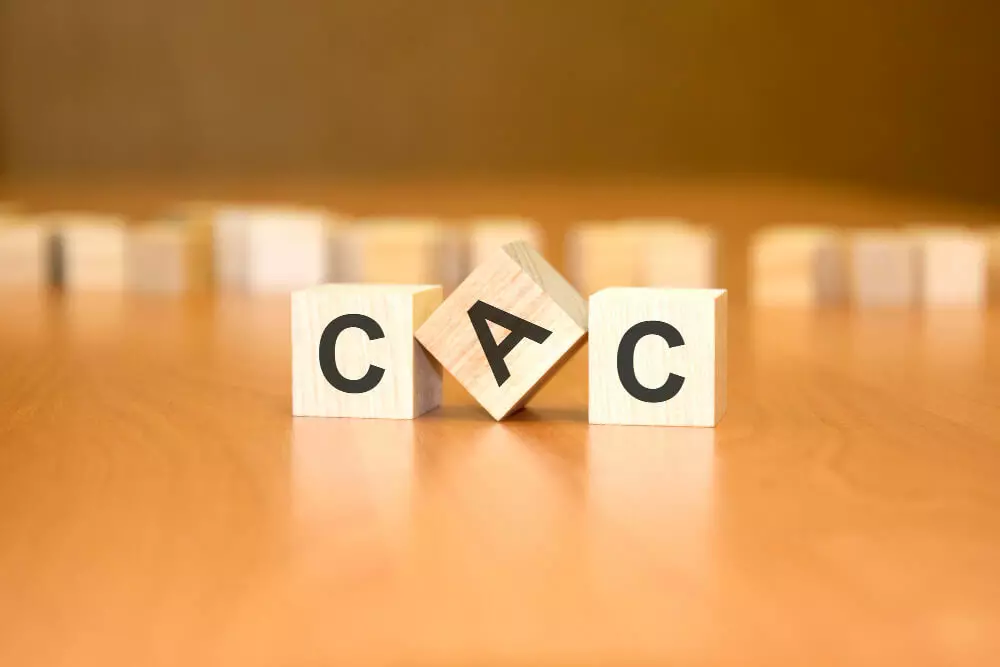
How do I calculate CAC?
The simple equation.
Facebook CAC = Facebook ad spend / Total new customers acquired.
You can work this out over monthly, quarterly, or annually – whatever works. Try to get it as accurate as possible so you know where and how to improve it.
To go one step further, you might want to look into your overall CAC. This includes money spent on digital marketing tools, ad agencies, different ad campaigns, and other resources. Then you can see the total cost and where you need to focus on to reduce CAC across the board or specific to Facebook ads.
That was the easy part. The hard part is understanding how to reduce Facebook CAC.
Don’t be discouraged if your customer acquisition cost is quite high at the moment. Many businesses, at different stages of their journey, will face the reality of trying to reduce their customer acquisition cost.
Why is CAC important?
According to TK Kader, the profitability of your business is based on two key things:
- CAC: Customer Acquisition Costs (as discussed above).
- CLV: Customer Lifetime Value (how valuable a customer is to a business, i.e., the net profit they contribute).
This gauges the most important metrics of your business. These two pillars of marketing demonstrate a – your ability to engage customers’ interest and b – your ability to keep customers coming back for more.
The lower your CAC, the better your CLV. Well, that’s how the theory goes anyway.
What is a good CLV:CAC ratio?
Ad agencies specializing in the customer journey recommend a good CLV:CAC ratio to be 3:1. Again, the focus is profitability. So if you invest $200 into Google or Facebook ads, you want to see at least $600 in new customer sales.
New Customer Acquisition Process
For those who hate analogies, look at the math:
- Company gives $20 = $20 in debit.
- Customer buys once, and the company gets $10 back = $10 in debit.
- Customer buys again = $0 and breaks even.
- Customer buys again = $10 in credit.
Ideally, you want your customers to buy again. This reduces your Facebook CAC so that the investment is worthwhile. You should focus on retention, which is usually done through upselling or cross-selling.
However, if you’re investing over $30,000 a month on Facebook ads without persuading people to come back, that’s a quick way to bust big time. The cost per customer is astronomical and will leave you with little revenue left.
Of course, your goal is to generate loyal customers. So how do we do that? Read on…
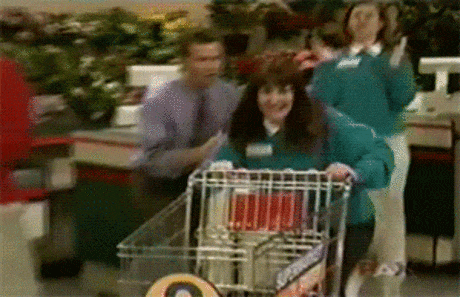
7 tips to improve Facebook CAC
When it comes to improving your cost per acquisition on pretty much any paid marketing channel, many of the same rules apply.
Below, we will look in depth at the best ways to improve your Facebook CAC. But if you want the TL;DR, we’ll drop that below the list here too.
OK – so you want to save money on each acquisition while also getting more customers. We hear ya…
1. Identify and refine your audience
With any ad targeting, refining your audience is going to make a huge difference in how effective your campaign is.
On Facebook, you refine your audience when you set up your ad campaign.
So in this instance, you’re going to need to narrow down the ideal customer profile by:
- Location
- Age range
- Gender
- Specific interests
This means you need to take a deep dig into who your customers really are. If you’ve been relying on a mixture of informed guesswork and good old-fashioned making assumptions, this is a step that could dramatically improve your Facebook CAC.
2. Understand intent vs interest
Bear in mind that with Facebook, you’re not necessarily targeting ‘new’ customers but using remarketing or retargeting. That’s because, on Facebook, the ads are displayed depending on the user’s interests.
Ads are shown if they have interacted with websites or content in your niche or if they are in a particular area.
Facebook targeting isn’t targeting users by intent but by ‘legitimate interest.’ Let’s clarify.
In Google search, the user has intent. They’re searching for something specific, and they’re looking for an answer – which you can pay to display to them (if you haven’t done your SEO yet).
In Facebook Ads, including Instagram, you’re displaying your ads to an audience who are enjoying free entertainment. And you’re looking to disrupt that entertainment with a tempting offer.
Your target audience in Instagram or Facebook Ads are more than likely looking through their feed when they see an ad for… Well, whatever it is, you’re selling.
It might be glow-in-the-dark sneakers, gourmet dog food, or plain ol’ accounting services.
Understand that your ad needs to stop their thumb and change how they want to interact with their feed. And it needs to do that in 0.003 seconds too.
3. Use animation and video
Facebook Ads are a visual medium. This applies to Facebook, Instagram, and, to a degree, Facebook Messenger.
Studies show that Facebook video ads get up to 30% more engagement than image-based ads. And on Instagram, the figure rises to 38% more engagement for video ads compared to static images. (source)
The same source also found that half of all customers want to see more video content from their preferred brands.
Basically – video rules. And if you want more engagement, you’ll want to include moving images in some form.
4. Study the art of thumb-stopping
We’ve looked at how to create thumb-stopping ads on Instagram before. If you haven’t read that, definitely check that out.
Knowing how to stop your ideal customer from scrolling comes down to several factors, such as:
- Being consistent in your branding (so they become familiar with your brand, even if they don’t stop on your ads)
- Focusing on the fun – social media is an entertainment platform, after all
- Include faces – posts including comments are nearly 40% more likely to attract comments and engagement
It will totally depend on your branding, message, and many other factors. But when it comes to improving your CAC on Facebook or Instagram, this is going to be a major element.
5. Be clear in your message and offer
Attention spans are getting shorter – fact.
What this means for marketers is that your message needs to be clear. And if you’re making an offer, this, too, needs to be clearly defined.
What this means is:
- Keep text and copy short
- Use bold headlines
- Include a call to action and make it commanding – Don’t say ‘Get in touch any time’; instead, say ‘Call now’
- Keep language simple – People don’t want to spend time decoding your message
- Avoid ‘funky’ fonts or annoying animations (unless that’s your thing)
Putting it simply, you want to give your potential customers less chance to be distracted, confused, or bored by your message.
Take this Facebook ad from the reputation management software brand Grade.us.
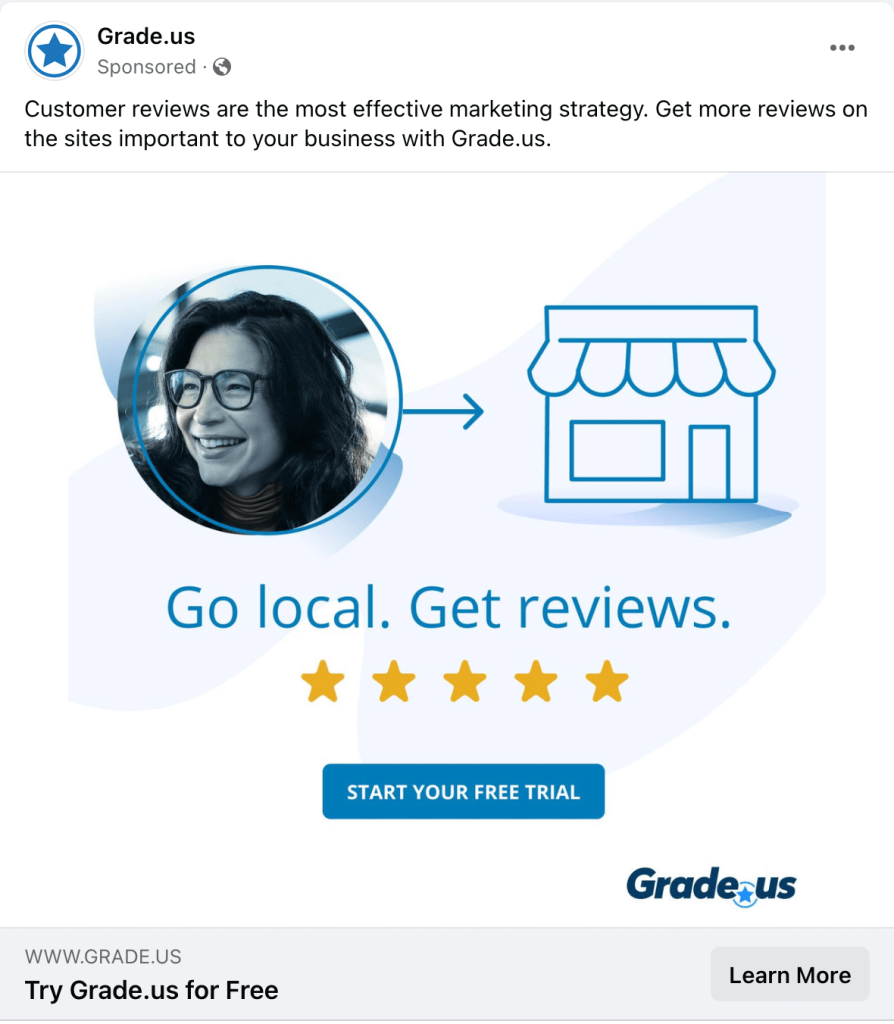
The text is minimal, the message is plain and simple, and you know what you’re going to get when you click the CTA.
6. Use landing pages
There are many reasons to use landing pages with your ad campaigns. For starters, it helps to track your traffic and keep tabs on how effective specific campaigns are.
Landing pages also focus the visitors’ attention on the product they have clicked to view, which is incredibly useful if you offer a wide selection of products or services.
As a great way to improve your conversion rate on Facebook, this also reduces your CAC (spend the same, get more conversions).
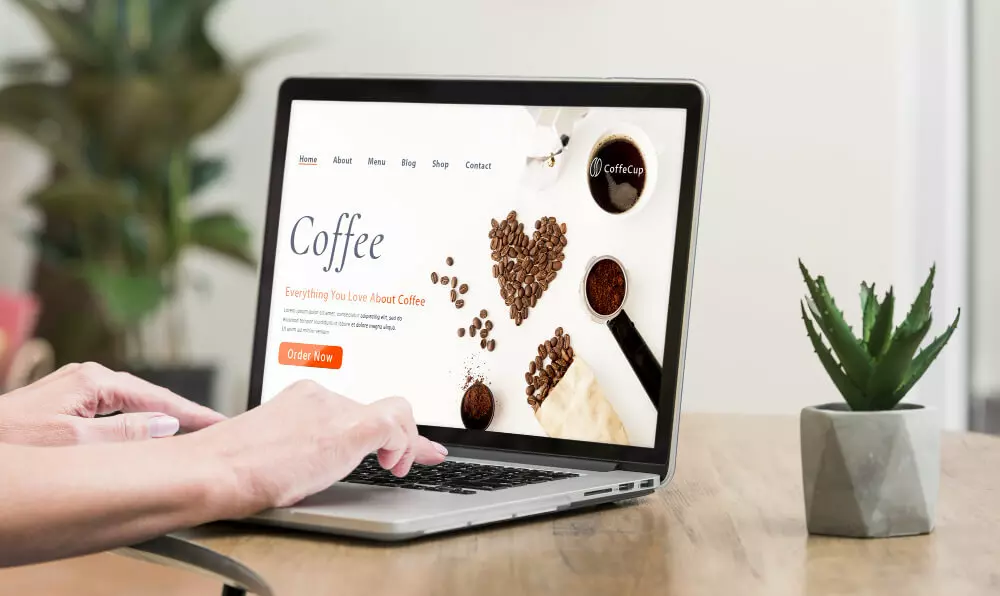
7. Filter out fake profiles and bad traffic
It’s no secret that Facebook has had problems with bots and ad fraud in recent years. In fact, there have been a number of account clear outs and crackdowns.
Read our run down of Facebook traffic statistics here
Unfortunately, fake traffic is still a major issue on Facebook Ads, including Instagram, the Audience Network, and even Messenger Ads.
These fake profiles include:
- Bot accounts based on click farms
- Duplicate accounts
- Hacked and ‘Zombie’ accounts
- Data scraping bots
- Ads displayed within malware apps (Audience Network)
All of these forms of fake profiles or bad ad placements interact with Facebook ads, costing advertisers money and significantly impacting the Facebook CAC of business owners.
Although Meta for Business, or Facebook Ads, is a powerful tool in the marketers’ armory, taking this bad traffic seriously is more important than ever.
CHEQ Essentials offers one of the best fraud protection services for advertisers using Facebook Ads. By proactively blocking bad traffic, you avoid impressions or site visits from bots or fake profiles.
Taking control of your ad targeting and traffic blocking, especially in the wake of Apple’s changes to privacy, is key to improving Facebook CAC.
If you do run Facebook Ads, you can check your traffic with a free trial of CHEQ Essentials.
The TL;DR
The Meta for Business Ads suite offers many great opportunities to target customers. And although it is not the cheapest way to run an ad campaign, Facebook Ads offer a great reach and can be very effective.
But the main thing to remember when trying to reduce your Facebook CAC is that you’re targeting those with interest – not intent.
Keep it simple. Keep it engaging.
And make sure that your ad traffic is 100% human by blocking fake traffic with CHEQ Essentials.
Check your traffic today for free.







